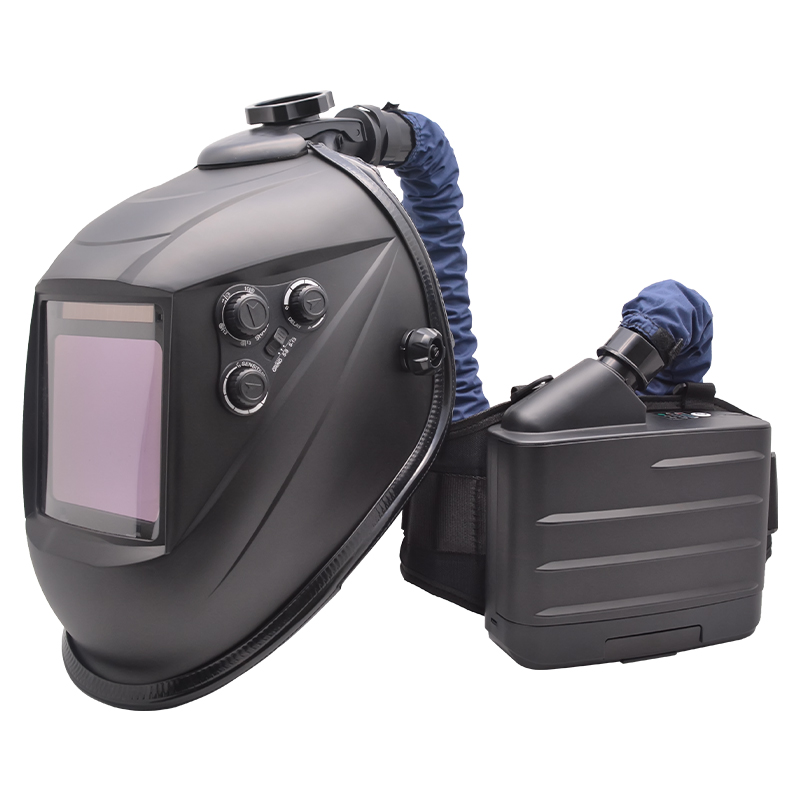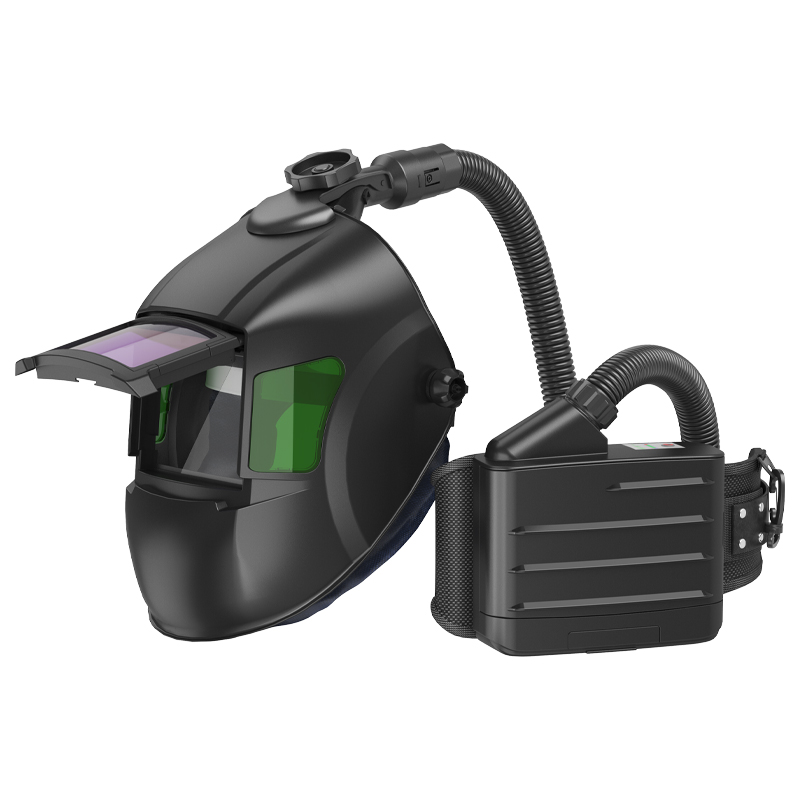Oct 25, 2025
In welding, fumes and toxic gases threaten workers’ respiratory health. As an efficient protective device, Powered Air Respirator System act as a "breathing barrier" for various welding scenarios. Understanding how PAPR adapts to different welding methods is critical for safety.
Shielded Metal Arc Welding (SMAW) produces large amounts of metal fumes (e.g., iron oxide, manganese dioxide) that cause pneumoconiosis. Traditional masks have limited effect and high breathing resistance. Powered respirator uses a built-in fan to deliver filtered air, solving resistance issues and blocking over 95% of fine fumes with high-efficiency filter cartridges.
Plasma Arc Welding & Cutting generates high-concentration metal vapor and ozone due to extreme temperatures. PAPR offers "dual protection" with ozone-specific canisters and high-efficiency filters. Its wide-view face shield also meets the precision needs of plasma operations without hindering efficiency.
Carbon Arc Gouging releases carbon dust, iron oxide fumes, and toxic gases (CO, nitrogen oxides). PAPR uses composite filters to tackle both fumes and gases, while its sealed face shield prevents pollutant leakage, providing comprehensive protection.
Oxyfuel Welding & Cutting relies on combustible gases, producing toxic gases (CO, acetylene) that accumulate in poorly ventilated areas. Powered air supply respirator is equipped with organic vapor canisters to absorb harmful gases, and its positive-pressure system blocks external pollutants, even in enclosed spaces.
From SMAW to oxyfuel cutting, PAPR adapts to diverse pollutant characteristics via flexible filtering, active air supply, and sealed protection. Choosing the right PAPR safeguards workers’ health and boosts operational safety.If you want know more, please www.newairsafety.com.
Read More

